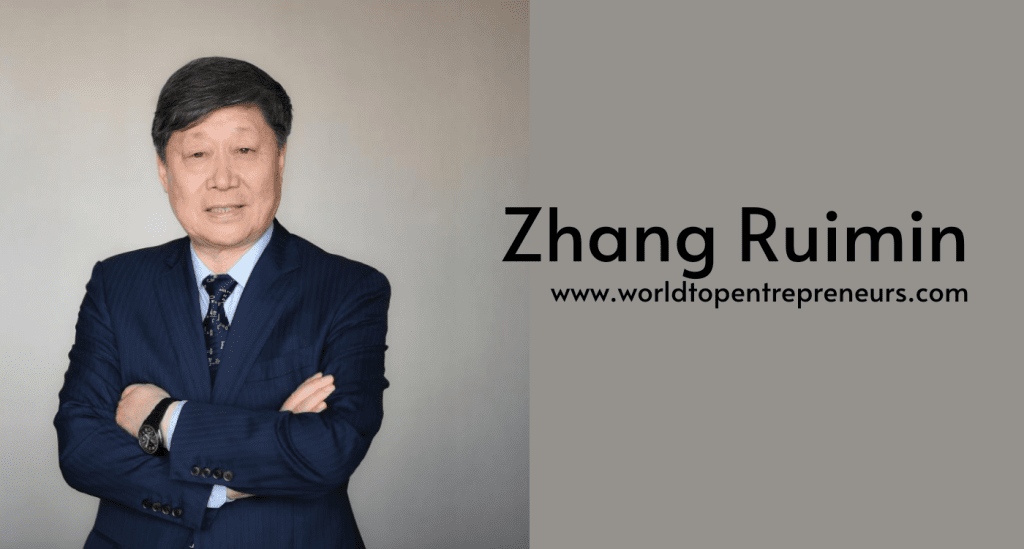When we think of flat-pack furniture, affordable Scandinavian design, and massive warehouse-like stores filled with everything from sofas to Swedish meatballs, one name comes to mind: “Ingvar Kamprad”. As the founder of IKEA, Kamprad revolutionized the way we furnish our homes, but his story is far more than just business success. It’s a tale of vision, perseverance, and a unique approach to entrepreneurship.
Humble Beginnings :
Ingvar Kamprad was born on March 30, 1926, in a small village called Pjätteryd in Sweden. Growing up on a farm, Kamprad developed an early knack for business. As a child, he sold matches to his neighbors, buying them in bulk from Stockholm and reselling them for a profit. His entrepreneurial spirit led him to sell a variety of other items, such as fish, seeds, and Christmas decorations. This early experience in trading laid the foundation for his later success.
In 1943, at the age of just 17, Kamprad founded IKEA. The name IKEA is an acronym that combines his initials (Ingvar Kamprad), the name of the family farm (Elmtaryd), and the village where he grew up (Agunnaryd). Initially, IKEA sold small household goods like pens and wallets via mail-order catalogs. However, Kamprad quickly saw the potential for expansion, and in 1948, the company began offering furniture. This decision would set IKEA on the path to becoming a global giant.
The IKEA Concept: Democratic Design :
Kamprad’s philosophy for IKEA was simple: create well-designed, functional products at prices low enough that everyone could afford them. He believed that good design should not be a luxury reserved for the wealthy. To achieve this vision, IKEA adopted a few key strategies that became the hallmark of the brand:
- Flat-Pack Furniture: One of Kamprad’s most innovative ideas was the introduction of flat-pack furniture. Instead of delivering bulky, pre-assembled items, IKEA sold furniture in flat packages, which customers could assemble themselves. This not only reduced transportation and storage costs but also allowed the company to sell products at lower prices. This DIY approach became part of the IKEA identity and appealed to customers who enjoyed the process of building their own furniture.
- In-House Design: Kamprad placed a strong emphasis on design, believing that products should be both aesthetically pleasing and functional. IKEA developed its own design team, creating distinctive Scandinavian-style furniture with clean lines, practicality, and a focus on space-saving solutions. The company also worked with external designers, ensuring a diverse and dynamic product range.
- Cost Efficiency: Kamprad was famously frugal and obsessed with efficiency. He traveled economy class, stayed in modest hotels, and drove an old Volvo for years. This attitude was reflected in IKEA’s operations. Kamprad constantly sought ways to cut costs without compromising on quality, such as sourcing materials in bulk and optimizing logistics. His commitment to keeping prices low helped IKEA appeal to a broad audience.
- Global Supply Chain: Kamprad was also ahead of his time when it came to globalization. He understood the benefits of a global supply chain long before it became common practice. IKEA sourced materials and manufactured products in countries where costs were lower, allowing the company to pass those savings on to customers. This international approach helped IKEA scale rapidly and maintain its competitive pricing.
Challenges and Controversies :
Despite his business success, Kamprad’s life was not without controversy. In the 1990s, it came to light that he had been involved with pro-Nazi groups in his youth. Kamprad publicly apologized, calling it the “greatest mistake of his life.” He admitted that his early political associations were misguided and had since distanced himself from them.
IKEA also faced criticism over the years for labor practices, environmental impact, and the use of low-cost materials. However, the company has made significant strides in recent years, focusing on sustainability, renewable energy, and ethical sourcing.
Kamprad’s Legacy :
Ingvar Kamprad stepped down from an active role at IKEA in 1988, passing the reins to his three sons. However, he remained deeply involved in the company’s operations and vision until his death in 2018 at the age of 91.
Kamprad’s legacy is immense. Under his leadership, IKEA grew from a small mail-order business in Sweden to a global empire with hundreds of stores across dozens of countries. His vision of “democratic design” transformed the furniture industry and made stylish, affordable home furnishings accessible to millions of people worldwide.
Today, IKEA continues to thrive, with its core values of simplicity, sustainability, and affordability still at the heart of the business. Ingvar Kamprad’s influence extends far beyond the world of furniture—he reshaped the way we think about home design and consumer culture.
Conclusion :
Ingvar Kamprad’s journey is a testament to the power of innovation, perseverance, and a customer-centric approach. He transformed a modest idea into a global brand that resonates with people from all walks of life. By staying true to his values and constantly seeking to improve, Kamprad built a legacy that will endure for generations.
From his humble beginnings as a match salesman to the founder of IKEA, Kamprad’s life story is a reminder that with vision, determination, and a little creativity, it’s possible to build something truly extraordinary.





















